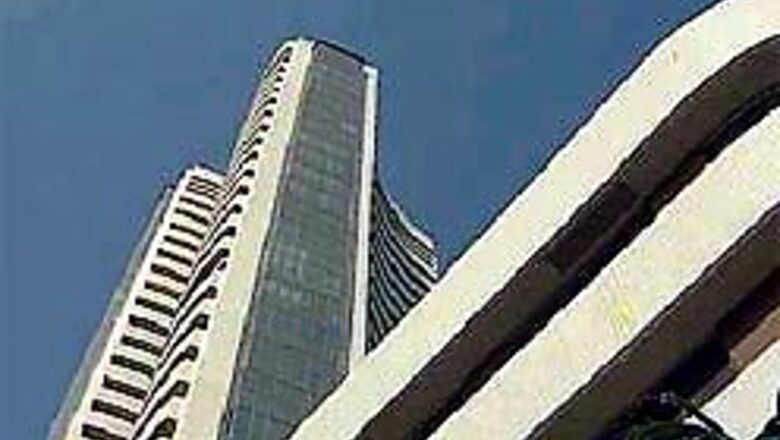
views
Mumbai: Why do most IPOs generally cause some ripples in the market and investors rush to grab them? Because IPOs offer a better chance to make some quick bucks even though the size of investment required is generally a bit larger. But the returns are often very big.
For instance, a total of 101 IPOs got listed in the year of 2007. Out of them, 78 gave positive returns while the balance remained below issue price.
As many as 23 IPOs offered over 100 per cent returns while three stocks jumped over 500per cent. Orbit Corp was the best performing IPO in 2007 whereas Broadcast Initiatives was worst performing.
In 2006, about 80 companies raised $5.4 billion. In most cases, the investors were rewarded handsomely, particularly with companies in high-growth sectors.
Energy transportation concern Gujarat State Petronet, for instance, raised $84 million in its IPO and shares jumped 75 per cent during its first day of trading.
According to a study done by the Mint newspaper, three out of every 10 stocks that were listed on Indian bourses in 2007 returned more than 100 per cent to investors while three others lost money for investors. Five returned more than the Sensex, which gained 36.9 per cent.
Orbit Corporation topped the list of stocks that listed in 2007, offering returns up to 755 per cent while Everonn Systems (645.07%), MIC Electronics (512%), Pyramid Saimira (434.1%) and Allied Computer (415.42%) -- all gave more than 400% returns.
But there were stories of disappointments too. And some of them have been really big losers. Companies like Broadcast Initiatives gave losses up to 50 per cent in 2007.
2008 is expected to be a blockbuster year for the primary markets space. Indian markets witnessed 106 new equity offerings worth about $11 billion in 2007. Last year, about $3.5-4 billion came in from the FIIs space. Of the net FII inflow of about $17.4 billion, about 20-22% has gone into the primary market.
For 2007, the overall subscription for all these 106 IPOs stands at about $327 billion, or about Rs 13 lakh crore. This works out to an oversubscription amount of about 29.5 times for all these IPOs.
PAGE_BREAK
In 2008, CLSA estimates that the top15 IPOs will draw about $14.5 billion, a good $4.5 billion over the equity issuance inflow of 2007. As per Prime Database estimates, about Rs 75,000 crore is the total amount of money that will flow into 2008.
This is about $19 billion or almost double the amount of primary market money from 2007. Assuming constant FII inflow of about 30-35 per cet, we should see about $5.5-8 billion coming in from FIIs in 2008.
The scale and number of IPOs have definitely increased or are going to increase in 2008. The top six equity issuances in 2007 mopped up about $6.9 billion. The subscription amount on these was about $160 billion.
The top six equity issuances in 2008 are expected to mop up $10.5 billion. Assuming a similar subscription rate of about 29.5 times, they should mop up about $310 billion. Now, 106 equity issuances were seen in 2007 but about 150-175 is expected in 2008.
In 2007, there were only two equity issuances — the ICICI FPO and DLF — which mopped up over a billion dollars. Idea Cellular was another strong stock. In 2008,
There are about 10 IPOs that are expected to mop up over a billion dollars. Some of the huge ones include Reliance Power IPO, which opens tomorrow, $3 billion is the amount it expects to mop up.
JSW Energy $1 billion, Sterlite Power about $2 billion, Emaar MGF andUTI AMC are some of the other big names.
Last time when the markets did absorb these IPO giants, liquidity was a flush. We should see a fair bit of fresh equity issuances. It will be interesting to see whether the market absorbs it as smoothly as it did in 2007.
The market estimates that the bulk of IPOs or about three-fourth of this $19 billion should come in the first six-months.
(With inputs from moneycontrol.com)



















Comments
0 comment